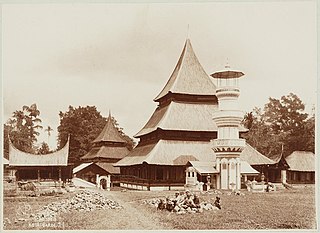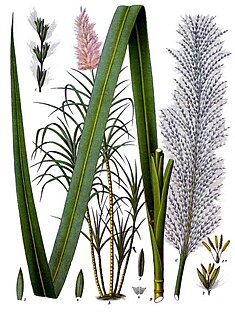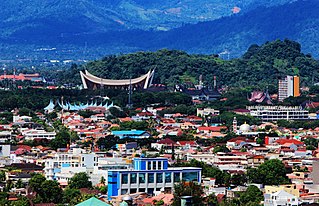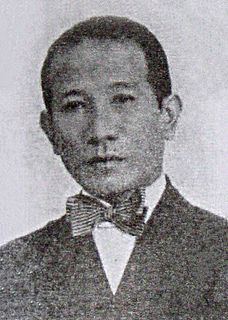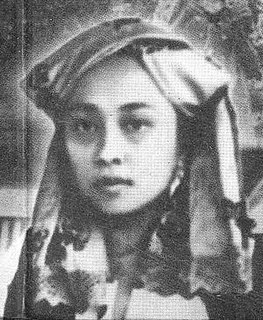
Sumatra is a large island in western Indonesia that is part of the Sunda Islands. It is the largest island that is located entirely in Indonesia and the sixth-largest island in the world at 473,481 km2.
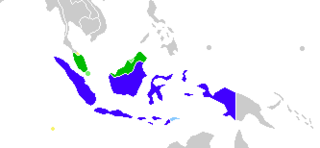
Malay is a major language of the Austronesian family spoken in Brunei, Indonesia, Malaysia, and Singapore. A language of the Malays, it is spoken by 290 million people across the Strait of Malacca, including the coasts of the Malay Peninsula of Malaysia and the eastern coast of Sumatra in Indonesia, and has been established as a native language of part of western coastal Sarawak and West Kalimantan in Borneo. It is also used as a trading language in the southern Philippines, including the southern parts of the Zamboanga Peninsula, the Sulu Archipelago, and the southern predominantly Muslim-inhabited municipalities of Bataraza and Balabac in Palawan.

Rendang is a spicy meat dish which originated in Indonesia, especially the ethnic group of Minangkabau people, and is now commonly served across the country. One of the characteristic foods of Minangkabau culture, it is served at ceremonial occasions and to honour guests. Rendang is also served among the Malay community. Rendang is traditionally prepared by the Minangkabau community during festive occasions such as traditional ceremonies, wedding feasts and Hari Raya.

Bukittinggi, is the third largest city in West Sumatra, Indonesia, with a population of over 124,000 people and an area of 25.24 km². It is in the Minangkabau Highlands, 90 km by road from the West Sumatran capital city of Padang. The whole area is directly adjacent to the Agam Regency, and is located at 0°18′20″S100°22′9″E, near the volcanoes Mount Singgalang (inactive) and Mount Marapi. At 930 m above sea level, the city has a cool climate with temperatures between 16.1° to 24.9°C.

Adityawarman was a king of Malayapura, a state in central Sumatra. He was the cousin of Jayanegara, king of Majapahit from 1309–1328, and the grandson of Tribhuwanaraja, king of Melayu Kingdom. Adityawarman was awarded the Senior Minister of Majapahit (wreddamantri) and used this authority to launch Majapahit military expansion plans and conquered east coast region in Sumatra. Adityawarman then founded the royal dynasty of Minangkabau in Pagarruyung and presided over the central Sumatra region to take control of the gold trade between 1347 and 1375.
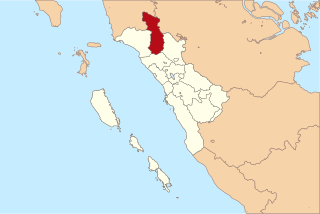
Pasaman Regency is a regency (kabupaten) of West Sumatra, Indonesia. It has an area of 3,947.63 square kilometres (1,524.19 sq mi) and a population of 252,981 at the 2010 Census; the latest official estimate is 266,462. The capital is Lubuk Sikaping.

Tour de Singkarak is an annual professional road bicycle racing stage race held in West Sumatra, Indonesia, and named after the Lake Singkarak. First staged in 2009, Tour de Singkarak is classified by the Union Cycling International (UCI) as a 2.2 category race as part of the UCI Asia Tour. It covers more than 1267 kilometres — from/to Padang passing around lake Singkarak and runs through inland West Sumatran cities — and lasted for a week and held annually. This exciting tour across the picturesque West Sumatra countryside`s scenic landscapes, comprising beaches, blue lakes, and numerous hairpin bends, as they climb up to the foot of the volcanoes. The total prize money is IDR 1,000,000,000 (US$100,000). BNI-Maybank was the platinum sponsor of the Tour De Singkarak since 2009 with the Ministry of Culture and Tourism of Indonesia. Having the fifth largest audience in the world, TDS attracted many top international cyclists to participate in this world famous annual sports event.

The 1943 Alahan Panjang earthquakes occurred on June 8 and June 9 UTC in Sumatra, then under Japanese occupation. This was an earthquake doublet.
Communism in Sumatra has historically had an influence in the politics and society of Sumatra. Padang, Pariaman, Silungkang, Sawah Lunto, Alahan Panjang, and Suliki of West Sumatra have been cited as an area which was particular active in communism.
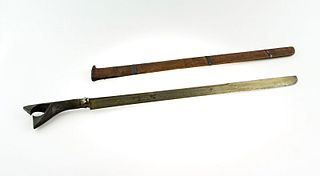
Sikin Panjang is a sword originating from northern Sumatra, Indonesia.
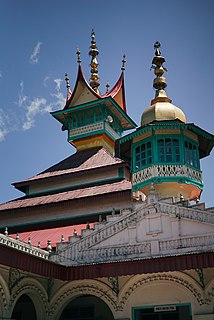
Koto Baru Grand Mosque is one of the oldest mosques in Indonesia located in Koto Baru Nagari, Sungai Pagu District, South Solok Regency, West Sumatra.

Nurul Iman Mosque of Koto Gadang or Tapi Koto Gadang Mosque is one of the oldest mosques in Indonesia, located in Koto Gadang Nagari, Agam Regency, West Sumatra. This mosque is the largest mosque in Koto Gadang area.

Islam is the most adhered religion in West Sumatra, a province of Indonesia, embraced by 97.42% of the whole population. The percentage of Muslim population increases to 99.6% if excludes the Mentawai Islands, where the majority of the non-Muslim (Protestant) West Sumatrans reside. Denomination among Islam in West Sumatra is predominantly Sunni Islam, and there is a small Shia Islamic pocket within the coastal city of Pariaman. Minangkabau people who are indigenous to West Sumatra and consist 88% of West Sumatran population today have historically played the important role within the Muslim community in Indonesia. Up until today the region is considered as one of the strongholds of Islam in Indonesia.
Al-Munir was an Islamic magazine, written in Arabic-Malay, published in Padang from 1911 until 1915. Inaugurated by the initiative of Abdullah Ahmad in early April 1911, Al-Munir was listed as the first Islamic mass media in Indonesia. The magazine was often associated with Al-Imam magazine published under the direction of Sheikh Tahir Jalaluddin in Singapore during 1906-1909. In addition to Abdullah Ahmad, several religious figures such as Abdul Karim Amrullah, Muhammad Thaib Umar and Sutan Muhammad Salim were recorded in the ranks of the editorial board.
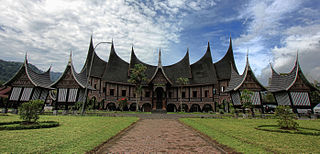
Minangkabau Culture Documentation and Information Center is a museum and research center for Minangkabau culture, located in the city of Padang Panjang, West Sumatra, Indonesia. The center building is in the form of a Minangkabau traditional house, with a large garden that slopes up to the main gate.






